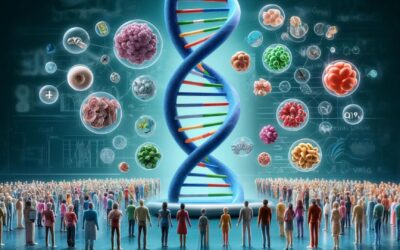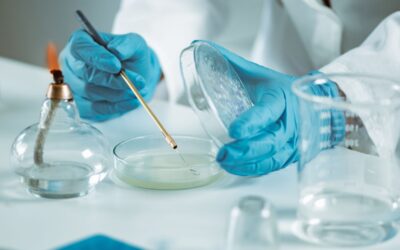Introduction
What do you know about the solar system? Join me in this episode and learn more about the solar system in a new Do You know episode from English Plus Podcast.
Audio Podcast
What Is the Solar System
Do you think our planet is the only place in the universe where there is life? Until 1995, astronomers had never found a solar system like ours. A solar system is made up of a star surrounded by planets and other objects. In 1995, astronomers found a planet orbiting (going around) a distant star like our Sun. Since then, they have found other solar systems. Astronomers now think that there are many solar systems in the universe. They do not know whether there is life in any of these other solar systems.
Our solar system is the one we know the most about. The Sun is at its center. Our solar system includes everything that orbits around the Sun. Planets, moons, asteroids, comets, gas, and dust are all part of the solar system.
Our solar system lies near the edge of the Milky Way galaxy. A galaxy is a huge collection of stars. The Milky Way is shaped like a whirlpool. All the stars in the galaxy, including our Sun, orbit around the center of the Milky Way.
THE SUN
The Sun, like other stars, is a hot ball of gas. Hydrogen and helium are the main gases in the Sun. Almost all the energy in our solar system comes from the Sun. The Sun changes hydrogen into helium to create light and heat. These changes take place deep inside the Sun.
THE NINE PLANETS
Eight of the nine planets in our solar system fall into two groups called the inner planets and the outer planets. The four planets closest to the Sun are called the inner planets. They are Mercury, Venus, Earth, and Mars. The inner planets are also called the rocky planets, because they are made mainly of rock and iron. There are four outer planets: Jupiter, Saturn, Uranus, and Neptune. The outer planets are also called the gas giants because they are huge and made mainly of gas. Pluto, the farthest planet from the Sun is a small ball of ice. Some astronomers wonder whether Pluto should be called a planet.
Mercury is the planet that is closest to the Sun. It has a large core, or center, that is made of iron. Venus, the next planet from the Sun, is the hottest of the planets. The temperature on Venus is about 890° Fahrenheit (about 477° Celsius). Earth is the only planet known to have life. It also has plenty of liquid water. There are signs that liquid water may once have flowed on Mars, but now Mars is cold and dry. What happened to the water on Mars is a great mystery that scientists are trying to solve.
Jupiter is the largest of the planets. A thick atmosphere made of hydrogen and helium surrounds it. Jupiter’s clouds look like white, brown, and orange stripes going around the planet. There is an oval-shaped red spot in the clouds. Astronomers think this spot is a big storm that has been raging for hundreds of years! Saturn is the second largest planet and the sixth planet from the Sun. It has bright rings around it. Uranus and Neptune look like smooth blue balls. Methane gas gives these planets their blue color. Pluto is the smallest planet in our solar system. It is far from the Sun and very cold. Temperatures on Pluto can drop down to -387° Fahrenheit (-223° Celsius).
MOONS AROUND THE PLANETS
Seven of the planets have natural satellites, or moons. Mercury and Venus do not have any moons. Earth has 1 moon and Pluto has 3. Mars has 2 moons. Neptune has 13 known moons; Uranus has at least 27 moons; Saturn has 47 moons; Jupiter has at least 63 moons. Jupiter’s moon Io has active volcanoes.
ASTEROIDS, COMETS, AND DUST
There are thousands of asteroids in the solar system. Asteroids are small pieces of rock and metal. Most of them orbit the Sun between Mars and Jupiter. Asteroids that crash into Earth are called meteors. Sometimes they burn up as they fall toward Earth. They make streaks of light in the night sky. Pieces that land on the ground are called meteorites.
Comets are another type of object in the solar system. Comets are like dirty snowballs. They are made of ice and dust. Comets are usually far out in the solar system. Sometimes a comet comes in close to the Sun. When it comes in close, the comet starts to melt and looks like it has a long tail streaming out behind it. In 1994 pieces of a comet called Shoemaker-Levy 9 crashed into Jupiter. The crash made huge explosions and sent up fireballs that were larger than Earth.
HOW DID THE SOLAR SYSTEM FORM?
Astronomers think that the solar system may have come from a swirling cloud of gas and dust. First a star, our Sun, formed from a clump in the cloud. It began as a spinning ball of gas at the center of the cloud. Then the planets, their moons, and the other objects in the solar system formed from the leftover gas and dust. Other stars and solar systems in the universe may have formed the same way. In fact, new solar systems are still forming from giant clouds of gas and dust.












0 Comments